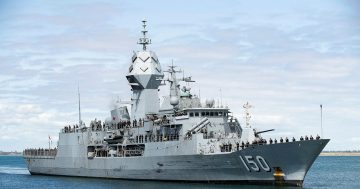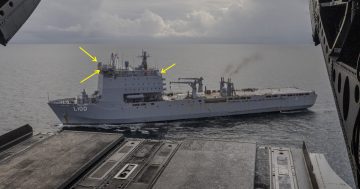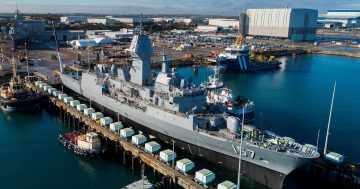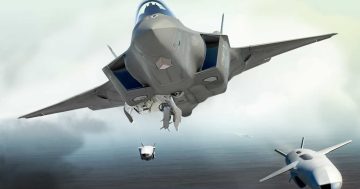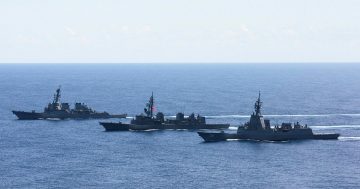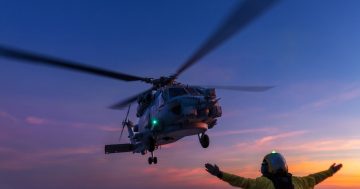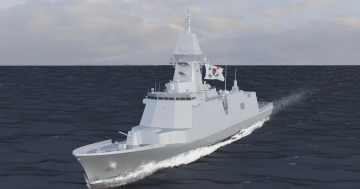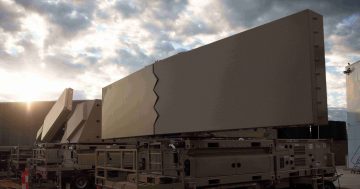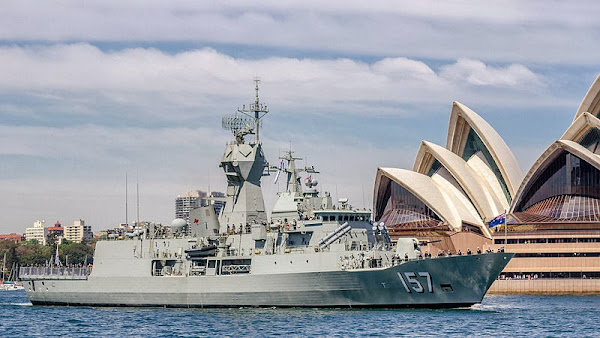
Back in October The Diplomat had a story about Australia’s view of maritime strategy.
This bit had particular local resonance:
Operating in the firing range off Hawaii last August, Lee’s command, the ANZAC frigate HMAS Perth, engaged seven sea-skimming targets with Evolved Sea Sparrow Missiles. Perth demonstrated that it can take on the deadliest threats out there.
In short, the ANZAC ships now appear to be viable battle-force ships as well as what they always have been, doughty light combatants for policing more or less tranquil seas. Perth or her sisters could show up for picket duty with U.S. Navy carrier and amphibious task groups. Or they could serve with intra-Asian squadrons alongside the likes of India’s or Japan’s navy. One hears echoes of HMAS Australia, a capital ship that does Canberra’s bidding in RAN missions or takes station with a combined fleet.
And yet, best I can tell, the Perth missile shoots occasioned nary a murmur in the press, even in Australia. The RAN ran a lonely press release. Apart from that, crickets chirped. Why overlook a feat of this magnitude? The facile explanation is to blame Australia’s “sea blindness,” or lack of a nautical culture. And there’s something to the facile explanation. If national defense is all about land and air forces, and if war at sea is as improbable as learned experts maintain it is, then why should bolstering readiness for sea combat excite the public fancy?
What has enabled this massive capacity upgrade for these small ships is the CEAFAR Radar made right here in Canberra by CEA technologies.
As the article notes the Defence media release didn’t exactly overplay the event.
Compare and contrast to the recent embarassment of the USS Chancellorsville.












